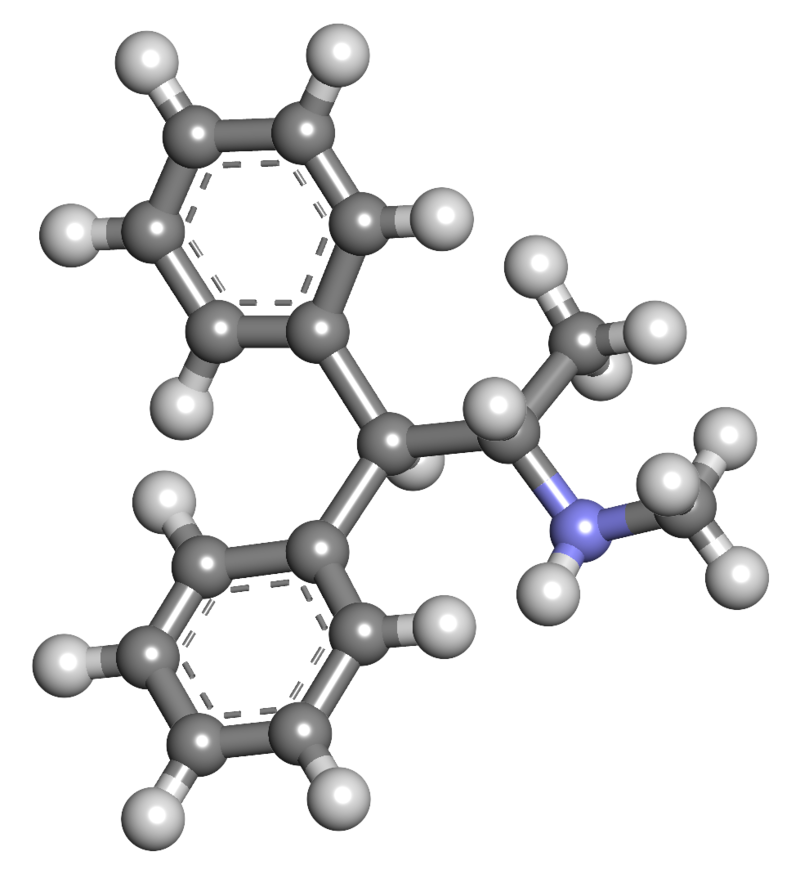Summary
β-Phenylmethamphetamine, also known as N,α-dimethyl-β-phenyl-phenethylamine, is a highly potent and enduring stimulant substance.
| Identifiers | |
|---|---|
| IUPAC name | |
| CAS Number | 768295-94-9 3139-56-8 (hydrochloride) |
|---|---|
| PubChem CID | 201042 |
| ChemSpider | 174060 |
| UNII | 13B0I1EGF7 |
| CompTox Dashboard (EPA) | DTXSID70276795 |
| Chemical and physical data | |
| Formula | C16H19N |
| Molar mass | 225.335 g·mol−1 |

FAQ
1. What is Beta-Phenylmethamphetamine (BPM)?
- BPM is a chemical compound that belongs to the phenethylamine class of compounds. It is structurally related to amphetamines and is sometimes referred to as a research chemical.
2. Is BPM the same as Methamphetamine or MDMA?
- No, BPM is distinct from Methamphetamine and MDMA (Ecstasy). While they share some structural similarities, they have different pharmacological properties and effects on the human body.
3. Is BPM illegal?
- The legal status of BPM may vary from country to country. In many places, it is considered a controlled substance or analog of amphetamines, making it illegal to possess, manufacture, or distribute without proper authorization.
4. What are the potential effects of BPM?
- Research on BPM is limited, but it is believed to have stimulant properties similar to other amphetamine compounds. Potential effects may include increased energy, alertness, and euphoria. However, these effects can also be associated with risks, such as increased heart rate and blood pressure.
5. Is BPM safe to use?
- BPM has not undergone extensive safety testing, and its use can be associated with significant risks. It is not recommended for recreational use, and its consumption should be avoided without proper research and medical guidance.
6. Can BPM be used for research purposes?
- Researchers may study BPM for its potential pharmacological effects and mechanisms of action. However, obtaining and using BPM for research purposes typically requires the appropriate licenses and adherence to ethical and safety guidelines.
7. Are there any potential side effects or risks associated with BPM?
- The use of BPM may carry risks, including cardiovascular issues, psychological effects, and addiction potential. Due to the limited research, the full spectrum of risks and side effects is poorly understood.
8. How can I stay safe if I encounter BPM or similar compounds?
- It is essential to prioritize your safety and well-being. Avoid the use of unregulated substances like BPM. As a researcher, follow all legal and ethical guidelines when working with such compounds.
9. Where can I find more information about BPM?
- Consult reputable scientific literature, government health agencies, and academic research for the latest information on BPM. Be cautious of information from unverified sources, as it may need to be more reliable and accurate.
10. Is BPM used in any medical treatments?
- As of my knowledge, the cutoff date is September 2021; BPM was not approved for any medical use. However, the field of pharmacology is continuously evolving, so it’s essential to stay updated on any developments regarding the potential medical applications of BPM.
Please note that the legal and scientific landscape surrounding BPM may change over time, and it’s essential to rely on the most current and authoritative sources for information. Additionally, using substances like BPM should always be approached with caution and responsibility, and it is generally discouraged due to potential health risks.
References
- In February 1953, Heinzelman RV authored a research paper titled “Physiologically active secondary amines. β-(o-Methoxyphenyl)-isopropyl-N-methylamine and related compounds,” which was published in the Journal of the American Chemical Society (Volume 75, Issue 4, Pages 921–925). The paper can be referenced with the DOI: 10.1021/ja01100a043.
- In October 1973, Schmidt D, Hüller H, Amon I, and Peters R contributed to a study with the title “[On the pharmacology of a series of diphenylaminopropane derivatives],” published in the journal “Die Pharmazie” (written in German). This research can be found in Volume 28, Issue 10, Pages 677–680, and it is indexed under PMID 4783556.